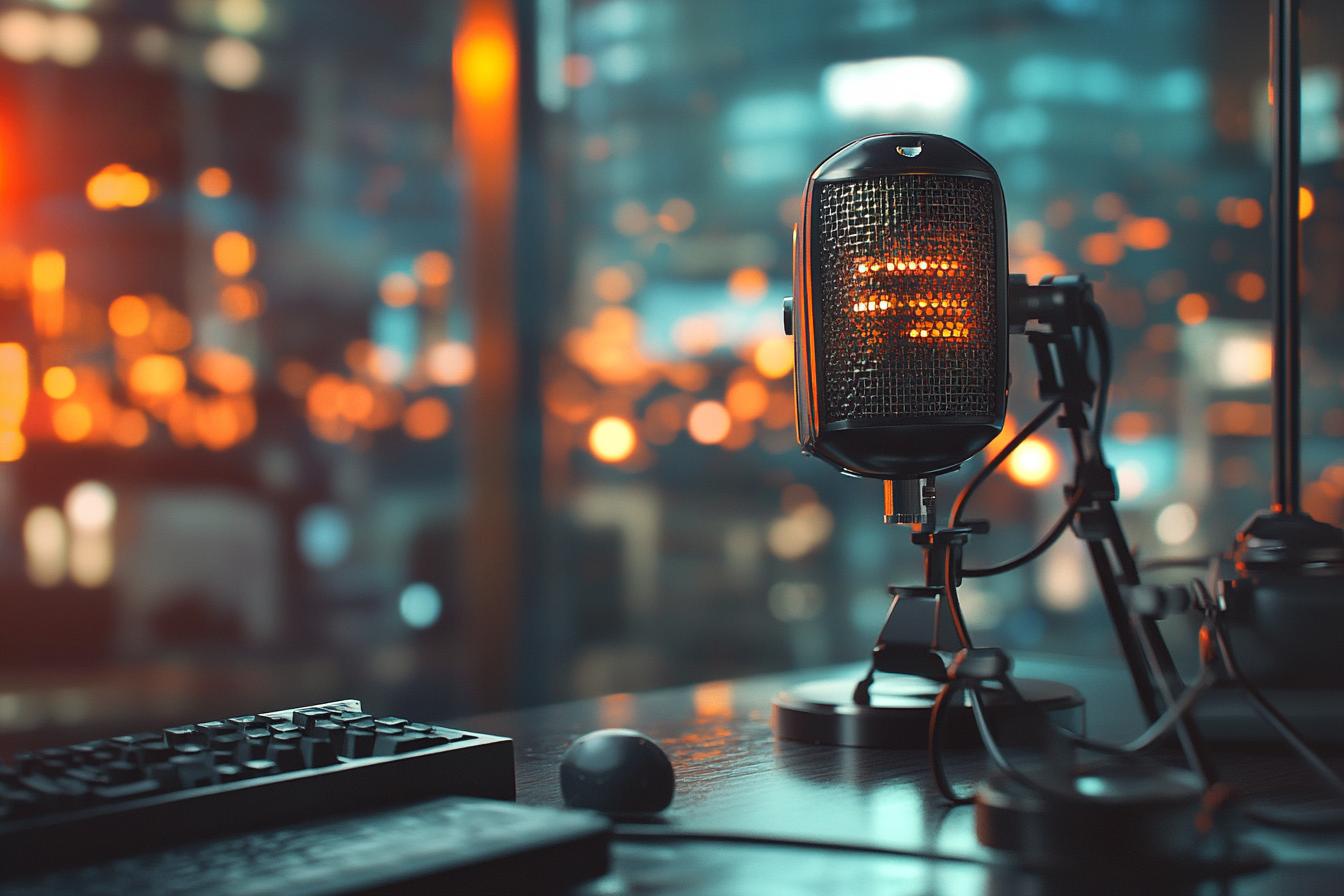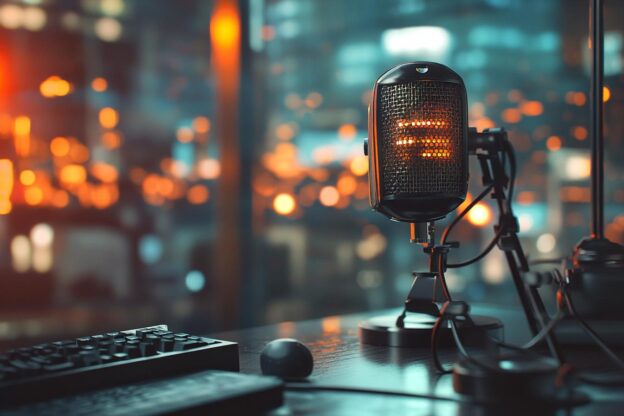Radio news is a powerful medium, capable of reaching vast audiences and shaping public opinion. But crafting effective radio news requires more than just reading a script. It demands a keen understanding of storytelling, pacing, and sound design. Think about the last time you heard a captivating news story on the radio. Did it grab your attention immediately? Did the reporter’s voice draw you in? These are all elements that contribute to a successful radio news broadcast. Just like a good book, a radio news story needs a beginning, middle, and end, each with its own unique purpose.
The beginning should grab the listener’s attention with a strong hook, like a surprising statistic or a vivid anecdote. The middle should develop the story, providing context, facts, and perspectives. Finally, the end should leave a lasting impact, offering a clear takeaway or a thought-provoking question. Imagine, for instance, a report about a local community garden. Instead of just listing facts about the garden’s size and produce, the reporter could interview a resident who found solace and connection through their involvement. This personal touch would make the story resonate with listeners on a deeper level.

Radio News Lessons
1. Radio News Lessons
Radio news provides a unique learning opportunity for listeners. It can sharpen your critical thinking skills by encouraging you to analyze information from multiple sources. By listening to different perspectives and interpretations of current events, you learn to weigh evidence, identify bias, and form your own informed opinions. Radio news also helps you develop listening comprehension. You learn to follow complex narratives, absorb information quickly, and retain key details, all while navigating the nuances of spoken language.
Furthermore, radio news can enhance your vocabulary and expand your knowledge base. You’ll encounter new words and phrases, learn about diverse topics, and gain insights into different cultures. Radio news also helps you stay informed about local, national, and international events, fostering a sense of global awareness and civic engagement. By tuning in regularly, you can become a more informed and engaged citizen.
2. Concise and Clear Writing
Radio news is all about delivering information quickly and effectively. To do this, you need to write concisely and clearly. This means using short sentences, avoiding jargon, and focusing on the most important information. Imagine you’re telling a friend about a breaking news story – you want to get to the point without rambling. You also want to use language that is easy to understand and avoids confusing technical terms.
Think of your audience and their needs when writing news copy. They want to know the who, what, when, where, and why of a story, and they want it presented in a way that is easy to follow. Keep your writing focused and avoid unnecessary details. Remember, every word counts in radio news.
3. Strong Storytelling
Strong storytelling is the heart of compelling radio news. It’s about engaging listeners and making them feel like they’re part of the story. You can do this by using vivid language that paints pictures in their minds, choosing details that are specific and relatable, and building tension and anticipation that keeps them listening. Don’t just tell listeners what happened; show them. For example, instead of saying “The fire caused major damage,” you could say, “Flames roared through the building, leaving behind a charred shell of what once was a bustling bakery.”
Another key element of strong storytelling is humanizing the story. Connect the events to people’s lives and emotions. This can be done by focusing on individuals affected by the story, using their voices through interviews, and highlighting the human impact of the events. By revealing the emotional side of the story, you create a deeper connection with your audience and make the news feel more real and personal. Remember, people connect with stories, not just facts.
4. Voice and Delivery
Your voice is your most important tool in radio news. It is what grabs the listener’s attention and keeps them engaged. Therefore, you need to develop a clear, concise, and engaging delivery. Practice speaking at a natural pace, avoiding mumbling or rushing. Remember to articulate clearly, enunciate every word, and use inflection to emphasize important points. Think of your voice as a storyteller, guiding the listener through the news.
Beyond your voice, delivery also involves your tone. A newscaster should maintain a neutral and objective tone, avoiding any personal opinions or biases. Focus on delivering the information in a straightforward and informative manner. Use pauses effectively to allow listeners to process the information and create a sense of drama or tension when needed. By mastering your voice and delivery, you can create compelling radio news that informs and engages your audience.
5. Sound Effects and Music
Sound effects and music are powerful tools in radio news. They add depth and dimension to stories, helping listeners visualize the scenes and connect with the emotions involved. Sound effects can transport you to a bustling marketplace, a quiet forest, or the chaotic scene of a breaking news event. Music can set the tone, adding excitement, suspense, or a sense of reflection. Whether it’s the crackle of a fire, the roar of a crowd, or the gentle strum of a guitar, these audio elements add a layer of realism and engagement to the broadcast.
When used effectively, sound effects and music enhance the storytelling process in radio news. They can emphasize important points, create a sense of urgency, or simply add a touch of artistry to the narrative. By carefully selecting and incorporating these elements, radio producers can create a more immersive and memorable listening experience for their audience.
6. News Gathering and Research
News gathering and research are crucial for any radio news program. Journalists use a variety of methods to gather information, including interviews, observation, and document review. They also rely on existing sources, such as press releases, government reports, and academic studies. When conducting research, journalists must be careful to verify the accuracy of information and consider the source’s credibility. It is essential for journalists to remain objective and avoid bias when presenting information to the public. They must also be mindful of ethical considerations and adhere to journalistic standards.
The process of gathering and researching news often involves collaboration among journalists. Reporters may work together to gather information and share resources. Editors play a vital role in ensuring the accuracy and clarity of news stories. They also help journalists meet deadlines and adhere to journalistic standards. Furthermore, journalists often use technology to enhance their research and reporting. Databases, online archives, and social media platforms can provide valuable insights and information.
Conclusions
So, there you have it! Crafting great radio news isn’t just about talking into a microphone. It’s about mastering the art of storytelling, using your voice like a powerful tool, and making sure your words are clear and concise. Remember to gather the facts, research your topic, and sprinkle in some sound effects and music to keep your listeners engaged. By putting these tips into practice, you can create radio news that informs, entertains, and leaves a lasting impression on your audience.
